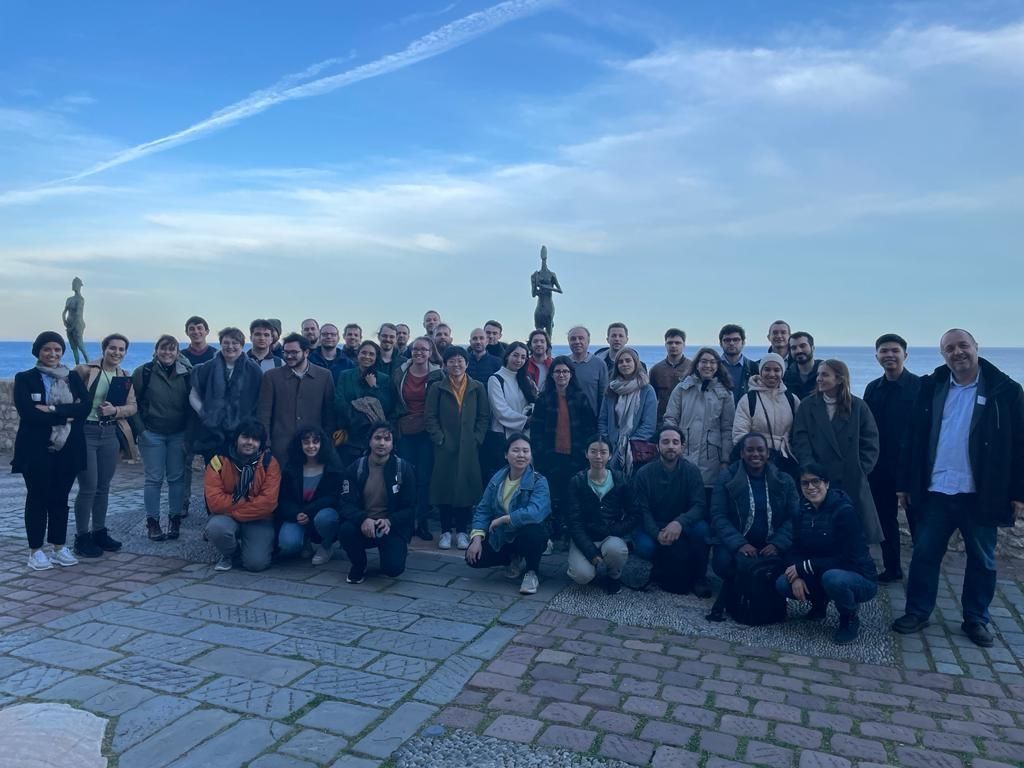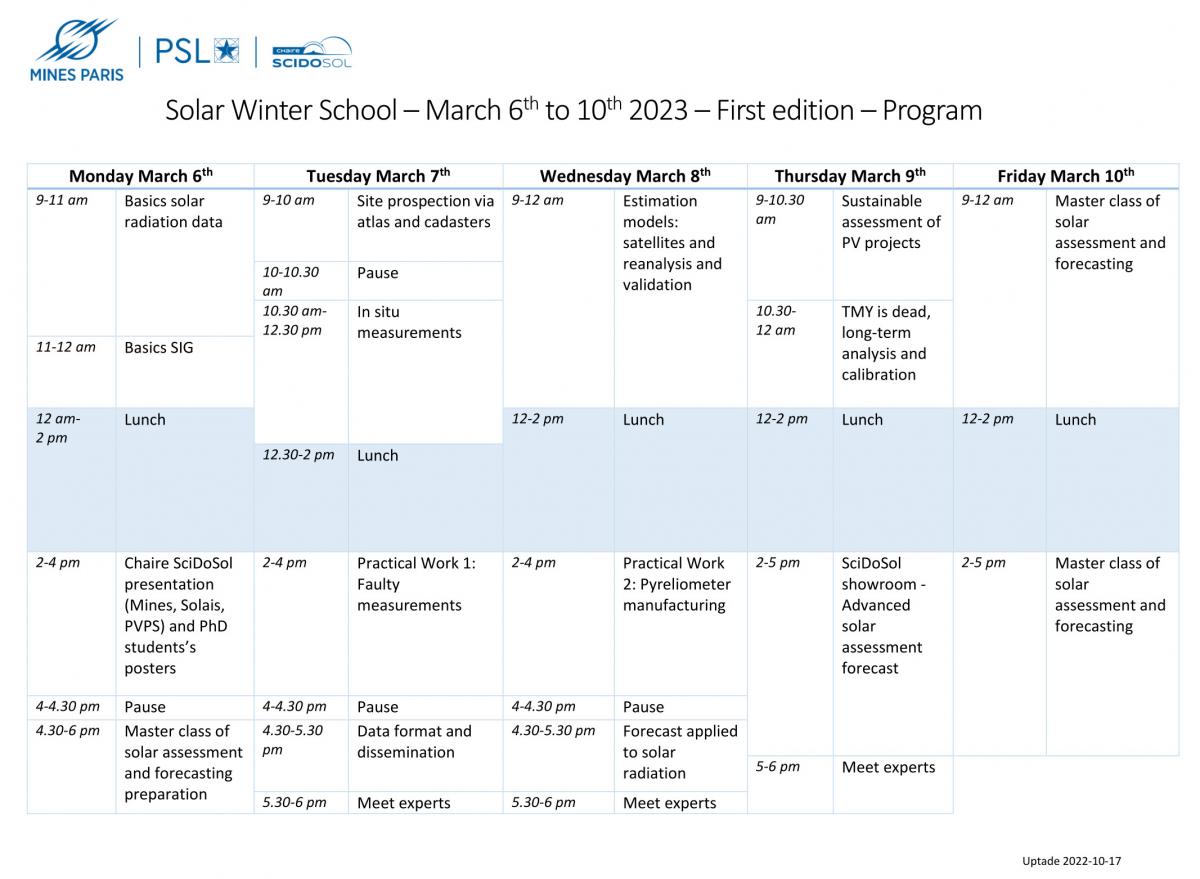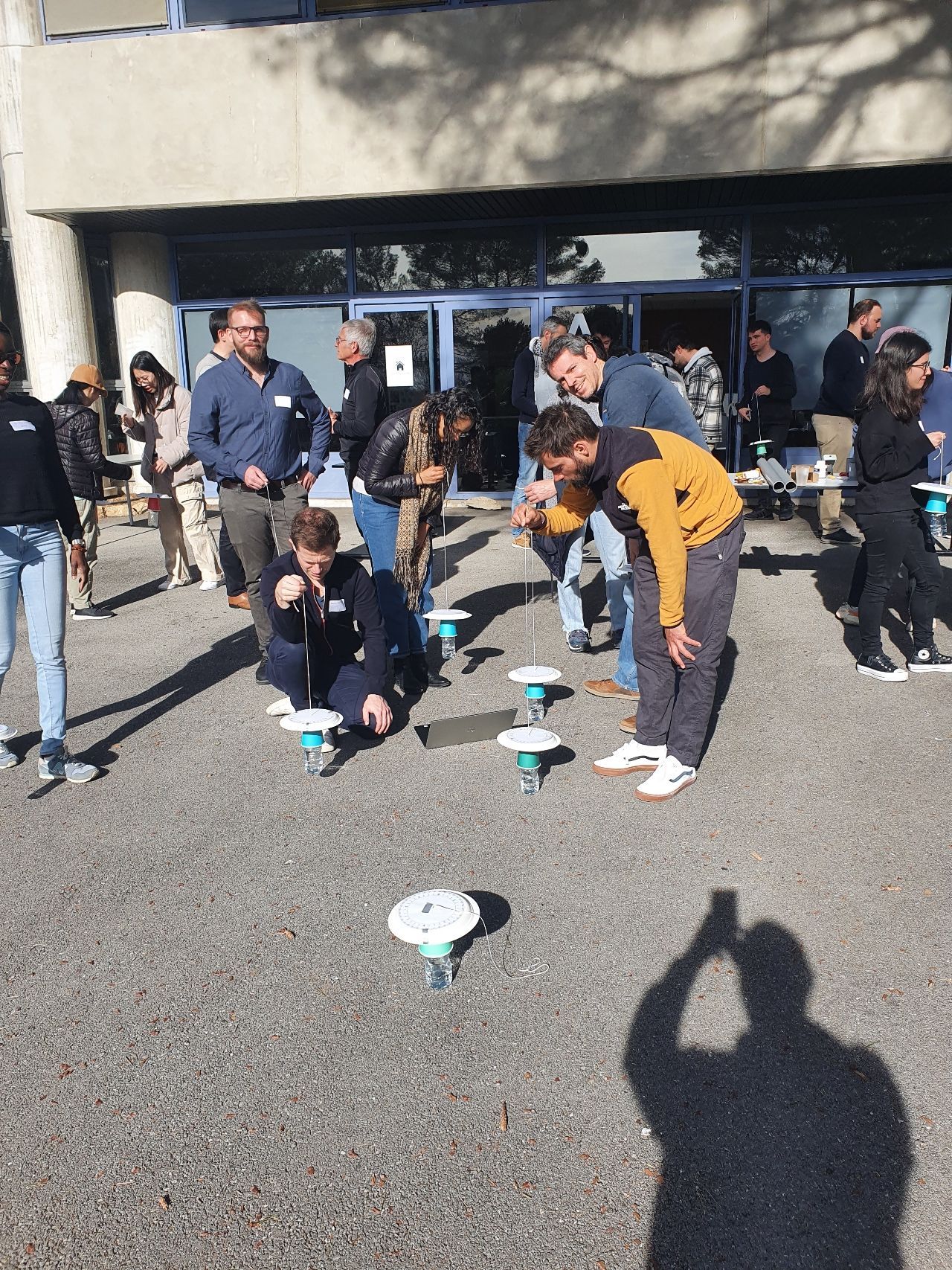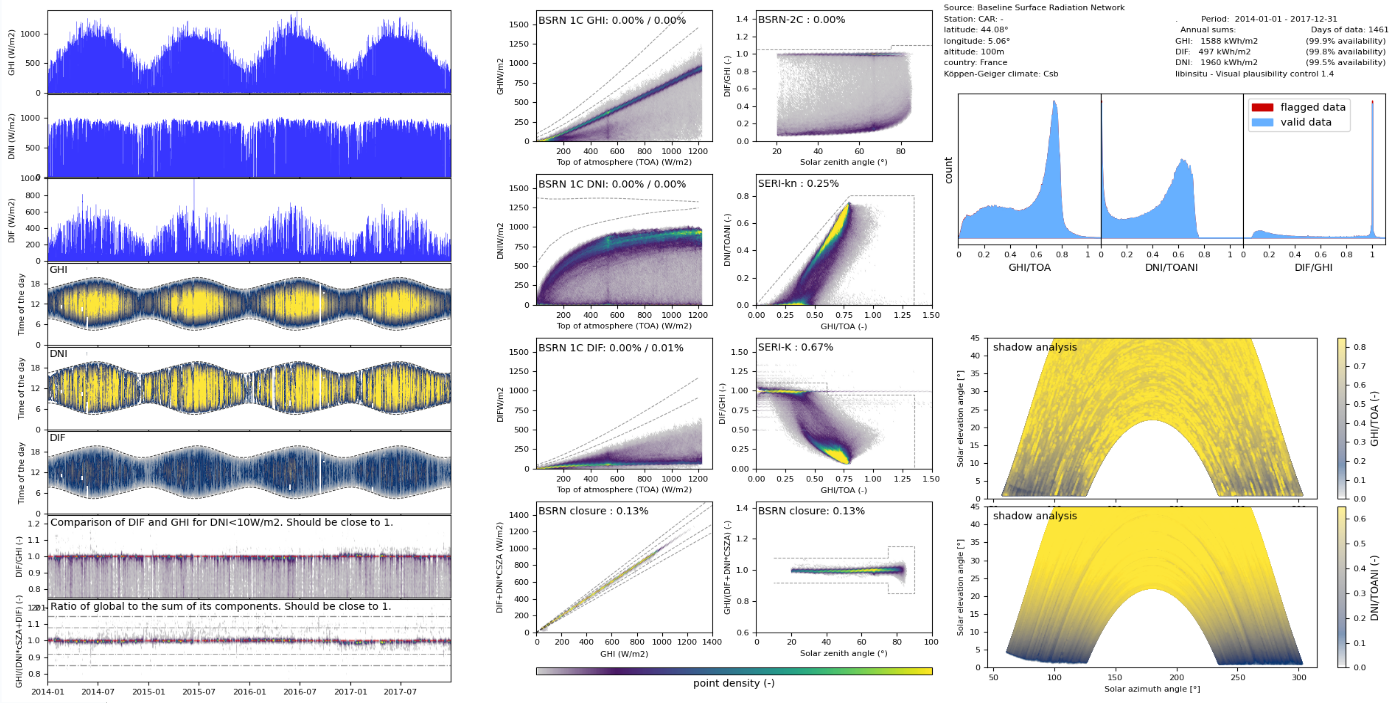Winter Summer School
The Solar Winter School was a week-long event that took place in Nice, France, specifically in Sophia Antipolis. The program was organized by the O.I.E group of MINES Paris, a leading French engineering school, and attracted students from all over the world who were interested in learning about solar radiation and its practical applications. The program was designed to provide students with a unique and immersive learning experience in a beautiful location. Sophia Antipolis, located on the French Riviera, is known for its sunny weather and stunning natural beauty, making it the perfect location to study solar radiation.
The program, and it aimed to provide students with a comprehensive understanding of solar assessment and forecasting. The program covered a range of topics, including basics of solar radiation data, site prospecting via atlas and cadasters, in situ measurements, data format and dissemination, estimation models using satellites and reanalysis, and sustainable assessment of PV projects.

Courses and Activities
The Solar Winter School program offered a range of courses and activities that provided students with a comprehensive understanding of solar radiation and its practical applications. Here are some of the courses that were covered during the program:
- Basics of solar radiation data
- Site prospection via atlas and cadasters
- In situ measurements and practical work
- Data format and dissemination
- Estimation models: satellites, reanalysis, and validation
- Pyreliometer manufacturing and practical work
- Sustainable assessment of PV projects
- TMY is dead, long-term analysis, and calibration
- Master class of solar assessment and forecasting


Construction of pyranometers
One of the practical workshops offered at the Solar Winter School was focused on building a homemade pyranometer. This was a hands-on session where students had the opportunity to learn about the principles behind pyranometers and how they measure solar radiation. Under the guidance of expert instructors, students were able to build their own pyranometers using simple and inexpensive materials. This activity provided a valuable opportunity for students to gain practical experience with the equipment and techniques used in solar radiation measurement.
Libinsitu
Libinsitu is a library that facilitates the conversion of solar in situ data to a standard NetCDF format to improve standardization and interoperability. This open-source library provides a set of command-line interface (CLI) utilities and Python functions that can transform raw input files into NetCDF format, explore and query NetCDF files, flag data with quality checks, produce graphs for visual quality control, and transform data into various formats like CSV, JSON, text, and pandas Dataframes. It also proposes a convention for solar data on top of CF conventions and includes a set of formatted and enriched metadata for several networks and their stations. Additionally, input data for many networks are processed and made available through a Thredds data server and a web interface.
